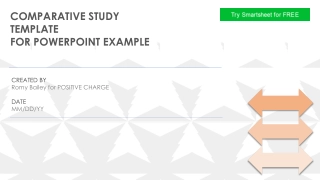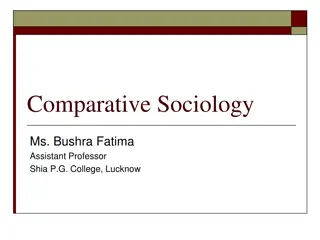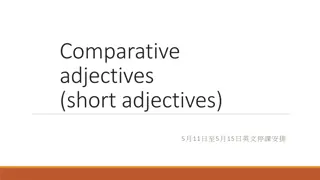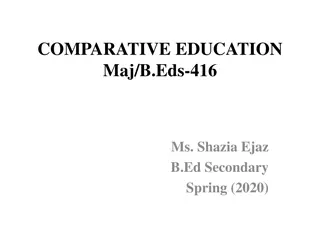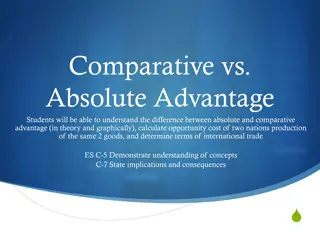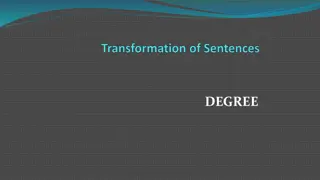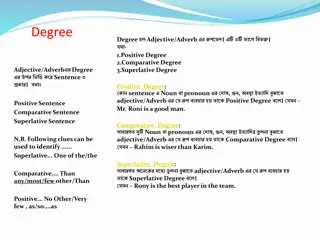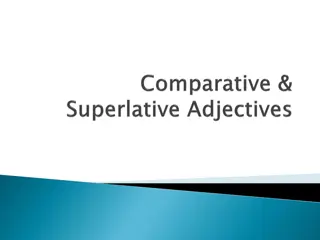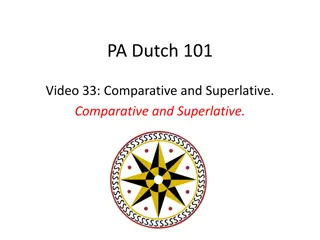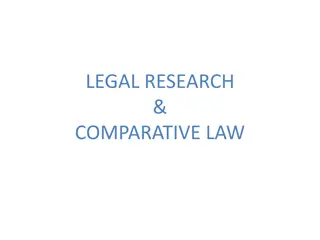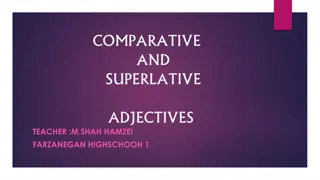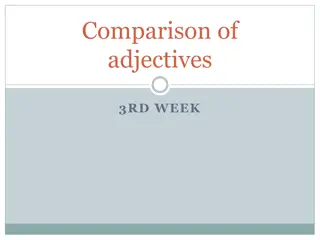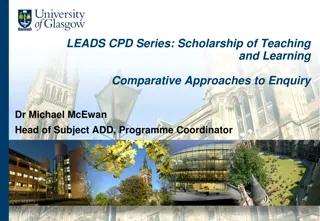The Power of Data for Comparative Learning Gain
Comparative Learning Gain is a valuable concept in education, focusing on the difference between a student's starting and finishing points to measure progress. By assessing where students finish compared to their peers, educators can better understand the impact of their teaching strategies and the effectiveness of their instructional methods. This approach provides insights into student growth and learning outcomes, leading to more targeted and data-driven teaching practices.
Download Presentation

Please find below an Image/Link to download the presentation.
The content on the website is provided AS IS for your information and personal use only. It may not be sold, licensed, or shared on other websites without obtaining consent from the author.If you encounter any issues during the download, it is possible that the publisher has removed the file from their server.
You are allowed to download the files provided on this website for personal or commercial use, subject to the condition that they are used lawfully. All files are the property of their respective owners.
The content on the website is provided AS IS for your information and personal use only. It may not be sold, licensed, or shared on other websites without obtaining consent from the author.
E N D
Presentation Transcript
*Comparative Learning Gain Unlocking the power of data
What the student began with What s/he learned NAPLAN Y5 Numeracy HSC mark in Modern History What the student began with What s/he learned Result Starting point Learning = + There are only two ways to improve results: You either select students at a higher starting point or you get the students you have to learn more. *The Results Equation
You can look at this the other way round Learning Result Starting point - = The Learning Gain is the difference between where you finished and where you began. *The Results Equation
*Learning Gain in NAPLAN Gain 7-9 Gain 5-7 Y9 Jo s mark Y7 Jo s mark Gain 3-5 Y5 Jo s mark Y3 Jo s mark
*Learning Gain is a valuable concept, because it gives us an indicator most closely related to a construct we are very interested in quality teaching. *The problem is we most often do not have starting and finishing points on the same scale (e.g. HSC) and even when we do, the scale is often not linear (e.g. NAPLAN). *Solve this by asking the question, Where have our students finished, compared to students who were in a similar place to them previously? - Our gain, compared to the typical gain, is the Comparative learning gain. *Comparative Learning Gain
If you start here and finish here, you have made this much difference, this much Learning Gain.
We dont have measures of starting points on the HSC scale, so we measure difference slightly differently. We say that if you finished here students who have the same characteristics as your students, and who started here (on the SC or NAPLAN scale) typically finished here in the HSC; Typical result Your Achieved result this is your Comparative Learning Gain. *HSC CLG
*Ways of presenting CLG Adam J Maria B Peter M Achieved Angela M Ang See Ton Sarah Thomson Fred Jones Typical
*Ways of presenting CLG Difference (= Achieved Typical) 2016 2010 2015 2014 2011 2012 2013
*CLG: *puts the achievement result in a context (students who started at the same point) *gives an indicator closely tied to a construct we are very interested in (quality of teaching) *can be represented graphically in a way that is reasonably straightforward to interpret *leads people away from judgements and excuses to inquiry into pedagogy *Comparative Learning Gain



